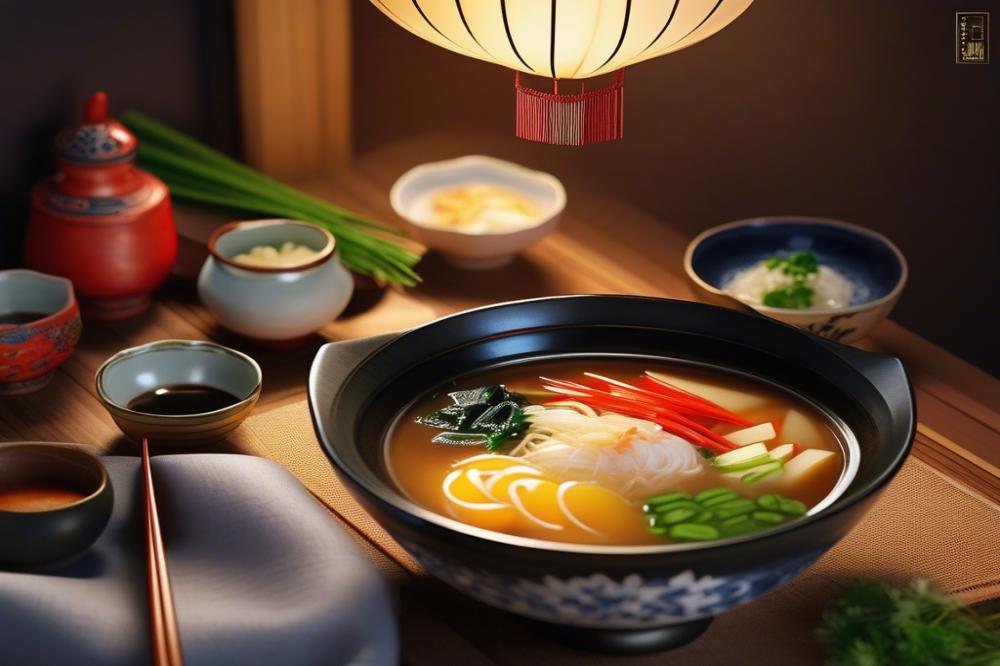Introduction
Ddeokguk is a traditional dish made from thinly sliced rice cakes simmered in a savory broth. This comforting rice cake soup holds a special place in Korean cuisine. Consuming it during the Lunar New Year is a cherished custom for many families. The significance of this dish extends beyond taste; it symbolizes prosperity and the hope for a fruitful year ahead.
Many families gather to share meals, making the preparation of rice cake soup an integral part of their celebrations. Ingredients such as tender beef, green onions, and eggs often find their way into the recipe. Cooking instructions may vary, but the goal remains the same: to create a dish that embodies love, warmth, and unity.
Lunar New Year festivities highlight the importance of family and tradition. By serving Ddeokguk, households not only enjoy a delicious holiday food but also pass down customs from generation to generation. This unique soup represents a fresh start, encouraging everyone to reflect on the year that has passed while looking forward to new beginnings.
What is Ddeokguk
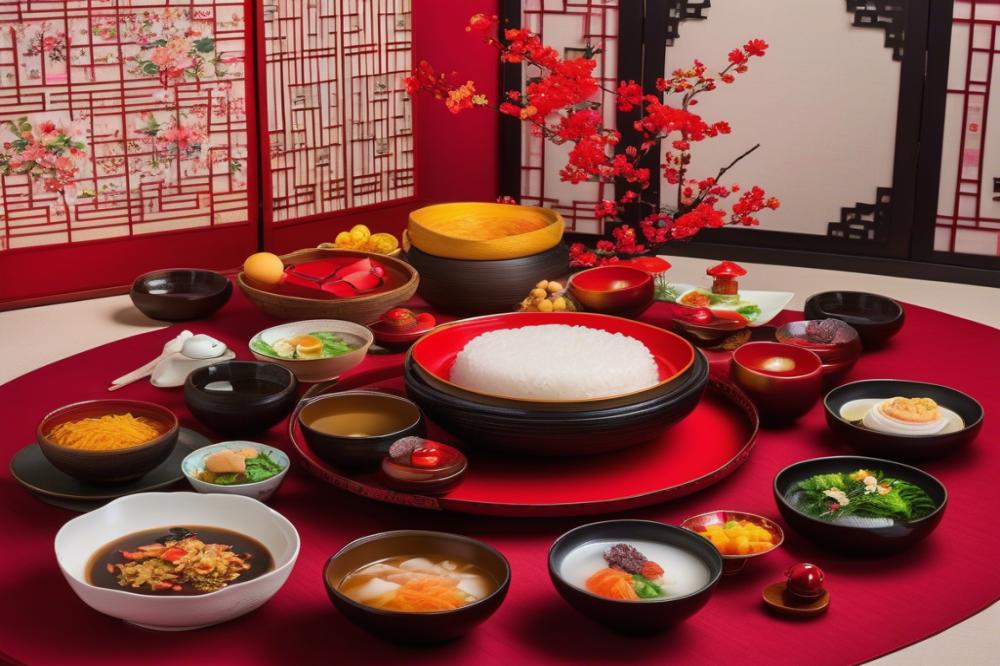
Ddeokguk is a traditional Korean dish made with a hearty rice cake soup. It is commonly enjoyed during the Lunar New Year. This meal features soft, chewy rice cakes that float in a savory broth. The origins of this dish date back centuries, deeply rooted in Korean culture. Initially, it was a food enjoyed by royalty, symbolizing wealth and prosperity.
In Korean cuisine, the soup serves more than just nourishment. Families gather around the table, sharing this comforting bowl during holiday celebrations. Sharing this meal brings a sense of togetherness and warmth. Furthermore, the ingredients used vary from house to house, adding to the dish’s charm. Commonly, slices of beef, vegetables, and egg garnish are added for flavor and texture.
During the Lunar New Year, the symbolism of rice cake soup becomes particularly significant. Eating it is believed to grant good luck for the year ahead. It also represents the transition into a new age, as enjoying this dish on the first day of the year ushers in longevity and health. Families often prepare this food as a way to honor their ancestors, inviting them to join in the celebration. Each bowl shared conveys wishes for prosperity and happiness for everyone around the table.
Ingredients List and Quantities
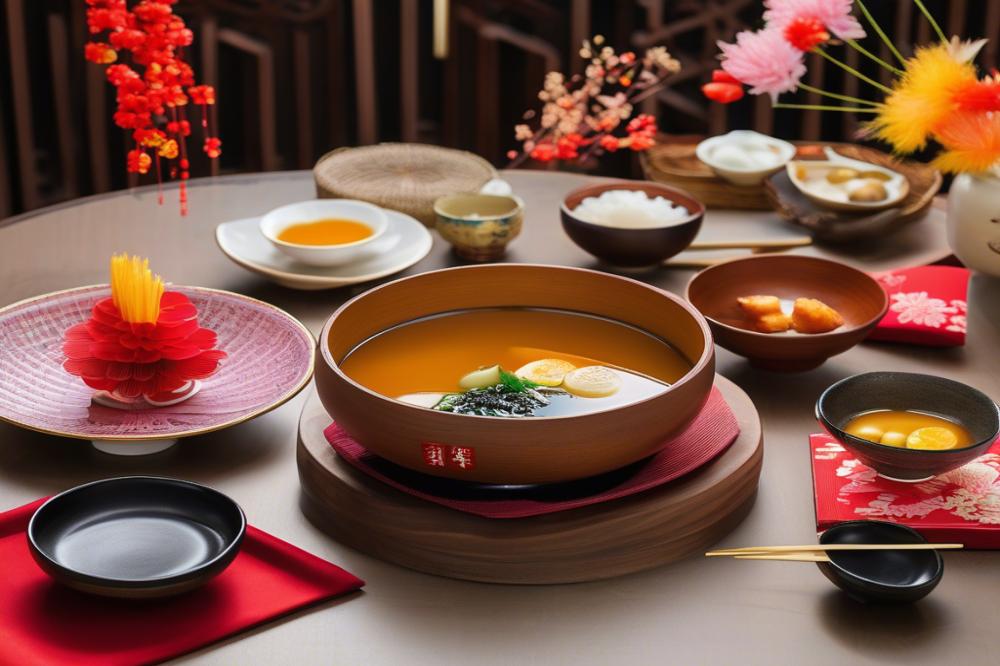
To make a delicious rice cake soup for the Lunar New Year, gather the following ingredients. Each item brings flavor and tradition to this cherished dish.
- 500g sliced rice cakes: These chewy pieces serve as the base of your soup. Look for cylindrical shapes, which are typical in Korean cuisine.
- 1.5 liters beef broth or vegetable broth: Choose a flavorful broth that enhances the overall taste. Beef broth gives a robust flavor, while vegetable broth keeps it light for a vegetarian option.
- 200g ground beef or tofu: For protein, include ground beef if you prefer meat. Tofu is a great substitution for a vegetarian dish, providing texture and nutrition.
- 3-4 green onions, chopped: These add freshness and color to your soup. They contribute a mild onion flavor that complements the other ingredients.
- 2 eggs, beaten: Eggs enhance richness. They also provide a gentle texture when added to the hot soup.
- 1 tablespoon sesame oil: This oil brings a nutty aroma. It helps deepen the flavor profile of your holiday food.
- 2 tablespoons soy sauce: Soy sauce adds saltiness and umami. Adjust more based on your taste preferences.
- Salt and pepper to taste: Seasoning is key. Use them sparingly at first, then adjust to your liking.
- Optional: seaweed for garnish: Seaweed flakes can provide a unique touch. They also add another layer of flavor to your dish.
Looking at the nutritional value of these ingredients is essential when planning your meal. The rice cakes are a great source of carbohydrates, essential for energy. Broth can be rich in vitamins and minerals, depending on how it’s made.
Ground beef provides protein and iron, while tofu adds protein and is lower in calories. Green onions are low in calories and offer a bit of vitamin K. Eggs are nutrient-dense, contributing protein, vitamin D, and healthy fats.
Each ingredient plays a role in not just taste but also the symbolism of a family meal during special celebrations. This traditional dish embodies the warmth of togetherness during the Lunar New Year.
Cooking Instructions
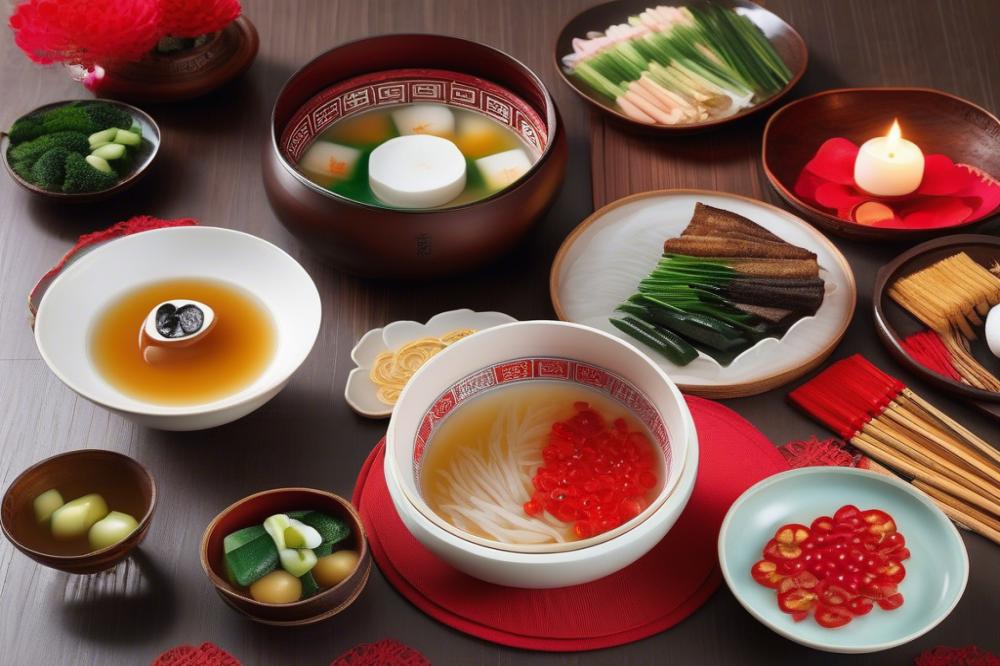
Preparing the Broth
Start by selecting your preferred broth base. A common choice is beef broth, which provides a rich flavor. Water can also work well if you prefer something lighter. Place your choice of broth in a pot and bring it to a gentle boil. Consider adding garlic, onions, or a piece of ginger for extra depth. Let these aromatics simmer for about ten minutes. This process enhances the overall taste of the soup.
Cooking the Beef or Tofu
Next, prepare the protein. Thinly slice beef or cube tofu, based on your preference. If using beef, briefly cook it in a pan until it becomes tender. Fragrant browning will add to the soup’s flavor. For tofu, simply heat it in the same pot as the broth. This allows it to absorb the flavors while it warms.
Adding Rice Cakes
Carefully add the rice cakes to the broth once the protein is cooked. Look for the oval-shaped rice cakes, which are traditional for this holiday meal. They need about five to eight minutes to become soft. Stir gently to prevent sticking.
Final Seasoning and Garnishing
Taste the soup. Add salt and pepper to suit your preferences. A splash of soy sauce can enhance the umami flavor, making it more savory. When you’re satisfied with the taste, it’s time to garnish. Chopped green onions or sesame seeds add a delightful finish.
Tips for Perfecting the Dish
Use fresh ingredients for the best results. Fresh rice cakes are more flavorful and have a better texture. Don’t rush the heating process; letting the ingredients meld together is crucial for a flavorful outcome. Consider preparing the broth a day in advance to deepen the flavors further. Family meals during Lunar New Year often feature this dish, making it a perfect choice for celebrations. Lastly, remember that this traditional dish holds symbolic importance, signifying the wish for prosperity in the new year. Enjoy cooking and sharing this comforting rice cake soup with loved ones!
Cultural Significance and Symbolism
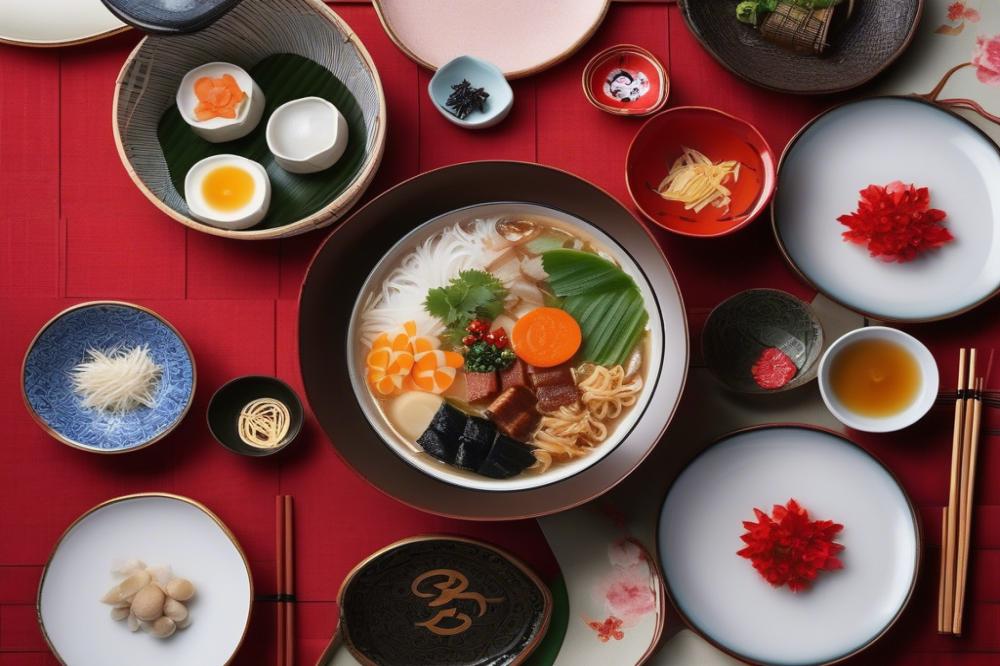
The rice cake soup holds significant meaning in Korean culture, especially during Lunar New Year. Each ingredient in this traditional dish has its own symbolism and purpose. For instance, the thinly sliced rice cakes represent new beginnings. These cakes are often eaten as a way to celebrate turning a year older. They signify growth and the start of a fresh chapter in life.
Moreover, the addition of ingredients such as beef, green onions, and eggs further enriches the dish. Beef symbolizes strength and wealth. Green onions bring a fresh taste and symbolize vitality. Eggs represent prosperity and a bright future. Together, these elements create a harmony of flavors that also carry important meanings.
This holiday food is much more than just a meal; it serves as a connection among family members. Dinners during the Lunar New Year are often centered around shared dishes. Eating together strengthens bonds and creates cherished memories.
Every bowl of rice cake soup signifies hope for prosperity and longevity in the new year. Families often gather around the table, each person taking turns to serve the others. This act of sharing is a vital aspect of the celebration, enhancing feelings of unity.
When preparing the recipe, families might share stories and laughter, making the cooking process enjoyable. The joy found in creating this dish brings everyone together, reinforcing its importance in family gatherings. The soup becomes more than just food; it embodies love, respect, and gratitude within the family.
Variations of Ddeokguk
Regional Differences in Preparation
Ddeokguk holds a special place in Korean culture, yet each region offers its own twist. In the northern provinces, you may find a version featuring a simple yet hearty broth. This preparation often uses beef as the main protein. Contrast this with the southern regions, where seafood might take center stage. The broth becomes richer with ingredients like dried anchovies or seaweed. Each variant reflects local tastes and resources, making the soup a true celebration of the diverse culinary landscape of Korea.
Alternative Ingredients and Methods
Sometimes, people explore alternative ingredients to make their soup distinct. For instance, they may substitute traditional beef with chicken or tofu, creating a lighter dish. Other cooks add vegetables like mushrooms or spinach for extra nutrition and color. Some even incorporate unique spices to give the broth a different flavor. Cooking instructions can vary too. Marinating the meat before adding it to the soup can enhance the taste significantly.
Modern Twists on the Traditional Recipe
In recent years, innovative chefs have added modern twists to this holiday food. Gourmet versions might include truffle oil or unique spices not found in classic recipes. These daring choices offer new dimensions to the beloved dish. Some people even serve Ddeokguk in bowls made from puffy rice cakes or with fresh herbs sprinkled on top. Experimenting with the preparation can turn this traditional meal into an exciting culinary experience for friends and family during Lunar New Year celebrations.
Final Thoughts on Ddeokguk and Family Traditions
Eating rice cake soup during Lunar New Year is much more than a delicious meal. This dish holds deep cultural significance in Korean tradition. Each bite symbolizes growth and prosperity for the coming year. Families gather around the table to share this special food, creating memories that last a lifetime.
Trying your hand at making this recipe at home can be a rewarding experience. Even if you are new to cooking, the steps are clear and the ingredients are accessible. It might take some time, but the joy of creating something meaningful is well worth the effort. Plus, it’s a great opportunity to bond with family while cooking together.
Connecting over traditional Korean dishes strengthens family ties. Sharing stories and laughter around the table creates a warm atmosphere. As you enjoy rice cake soup, remember that it represents hope and new beginnings. Embrace the spirit of the holiday and celebrate the time spent with loved ones. Making this dish is not just about the food; it’s about the experiences and connections that enrich our lives.

